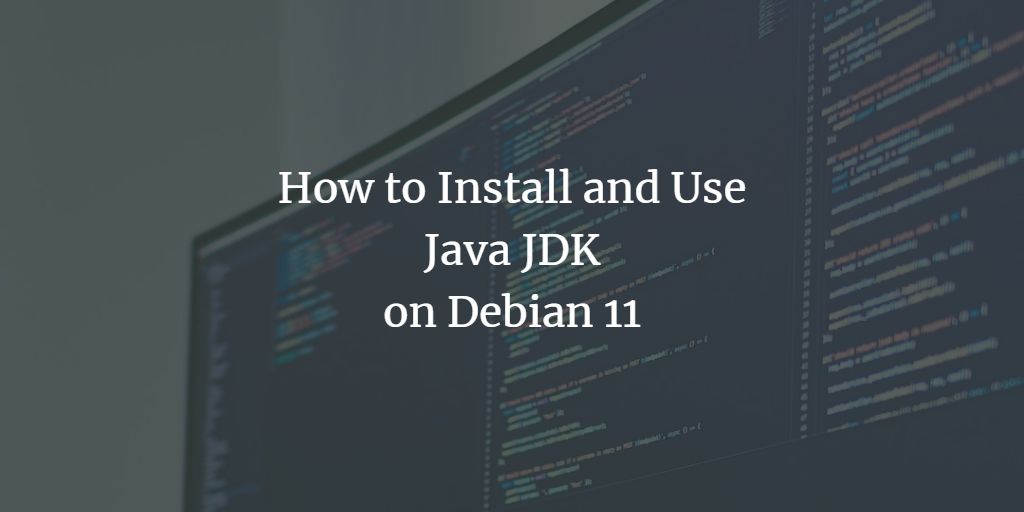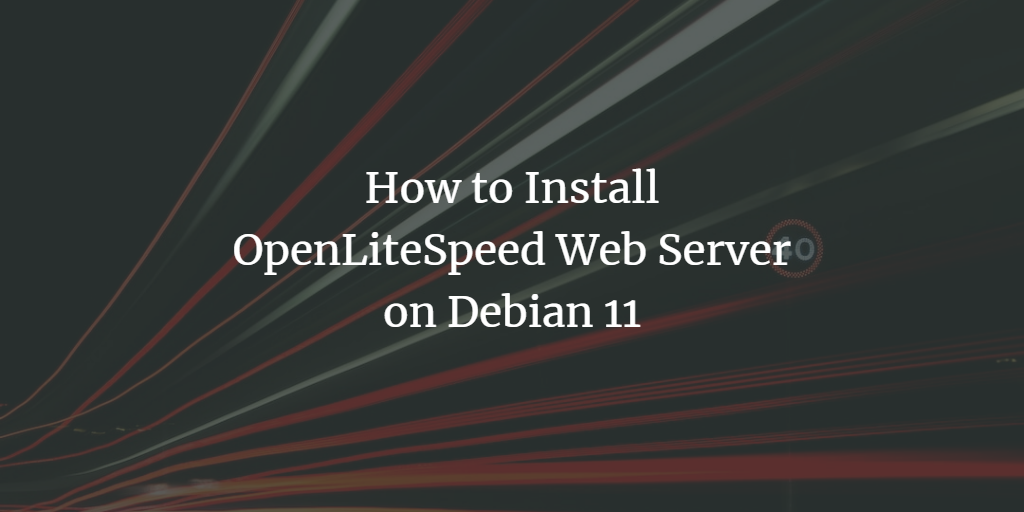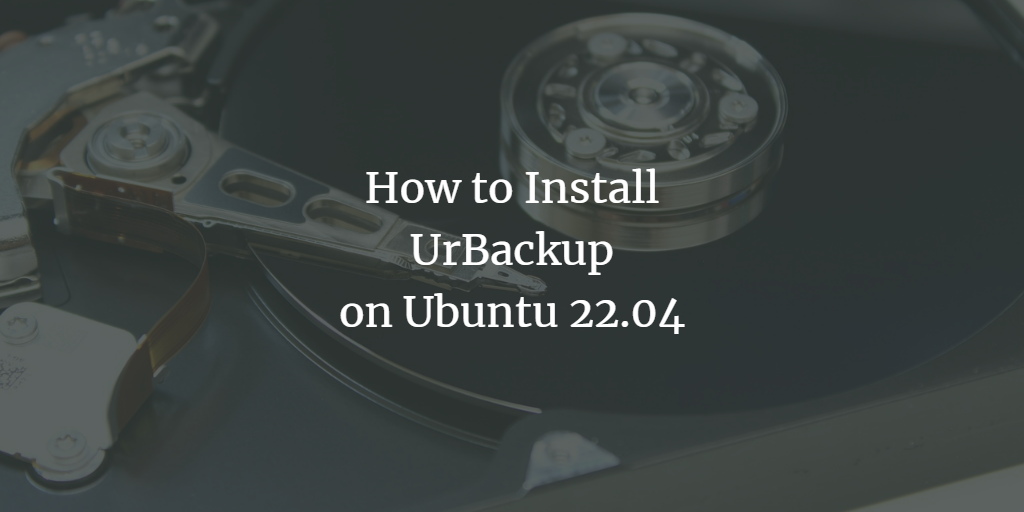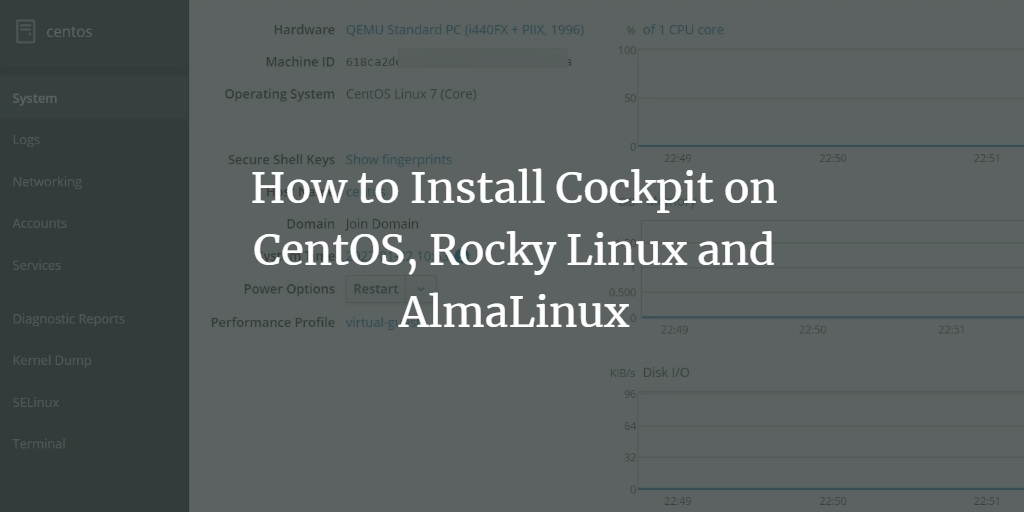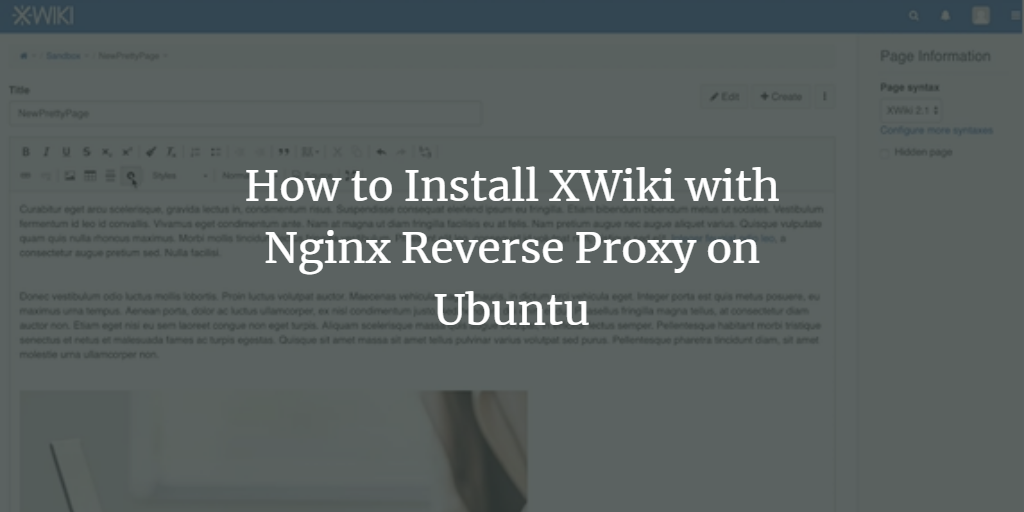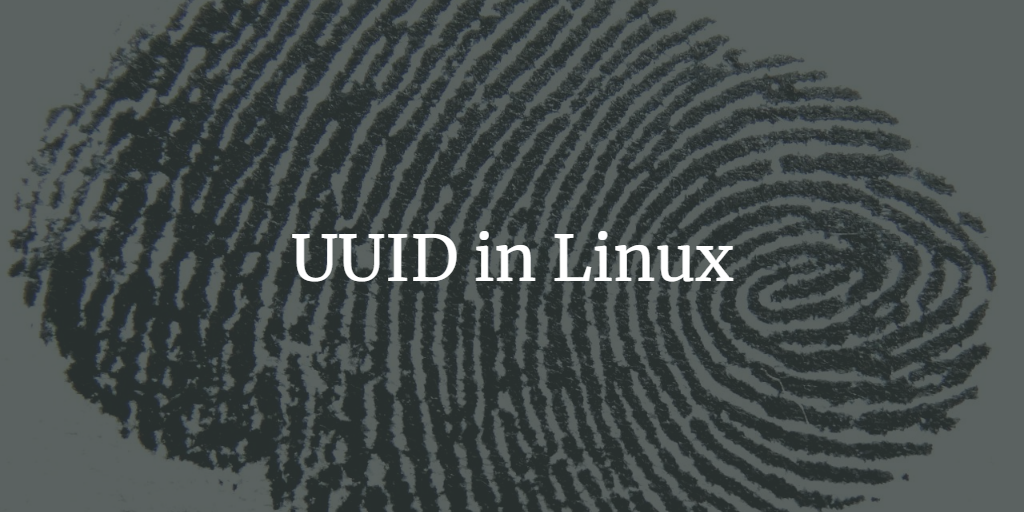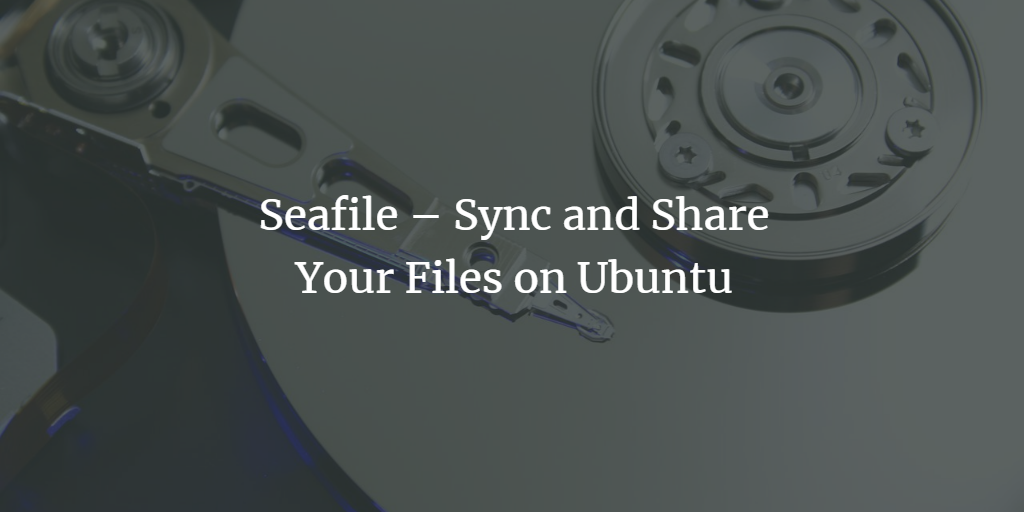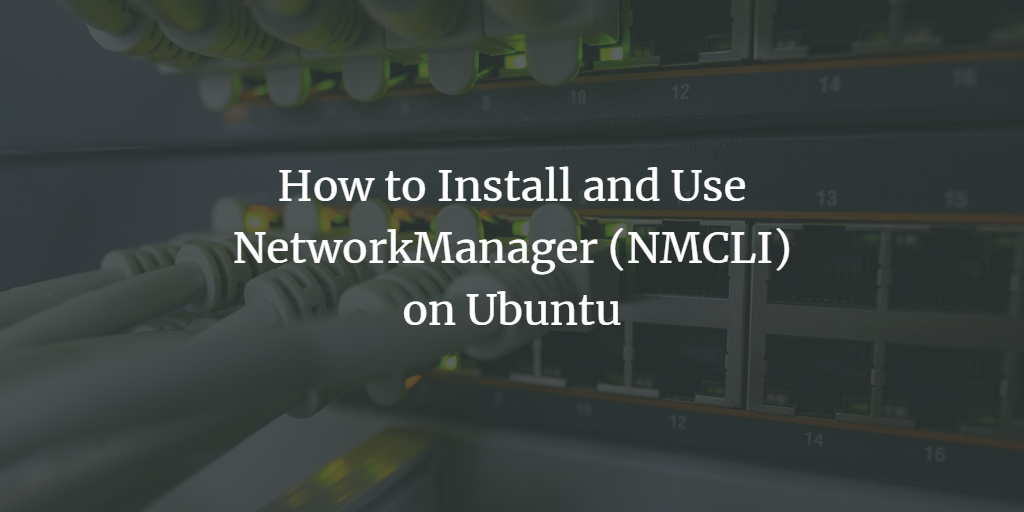How to Install and Use Java JDK on Debian 11
What is Java? Java is one of the most popular programming languages. Java is portable, so you can make your code run on different types of computers without having to rewrite it. It’s also object-oriented, which means that it enables programmers to write reusable software components. What Does Java do? The main goal of Java … Read more
